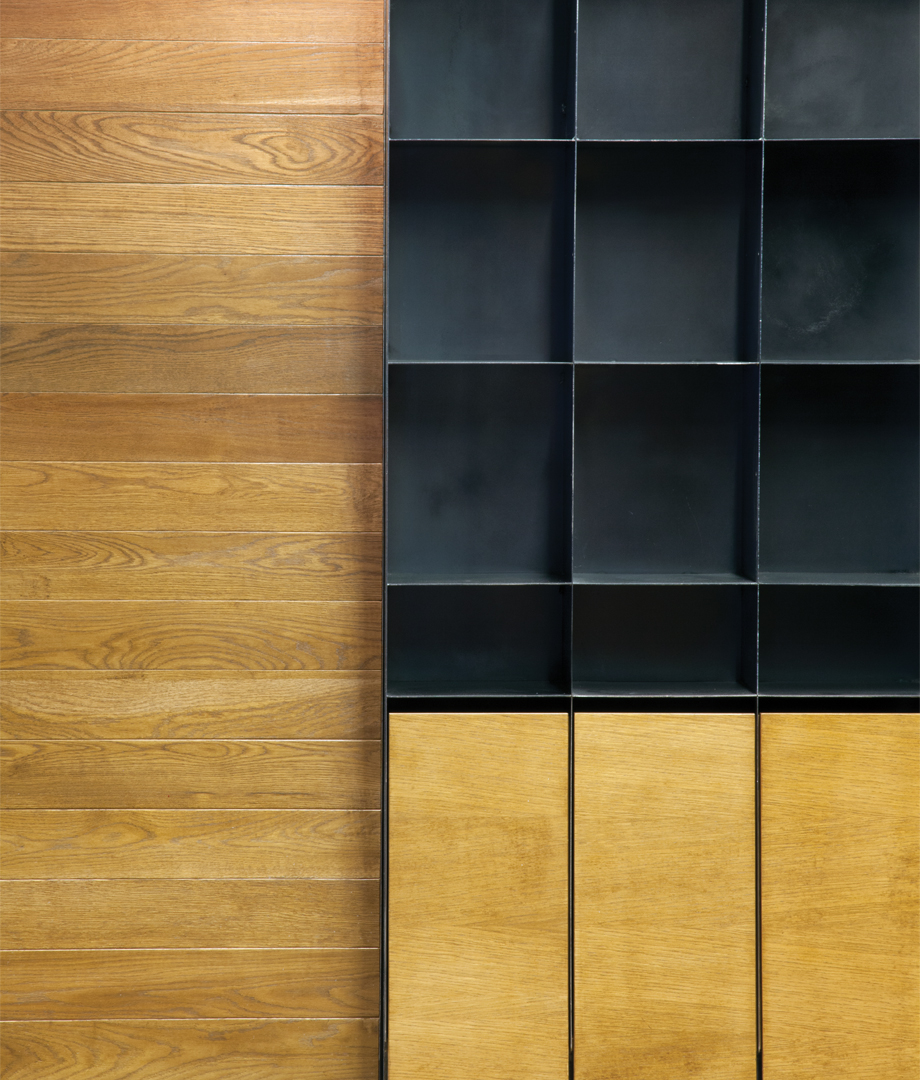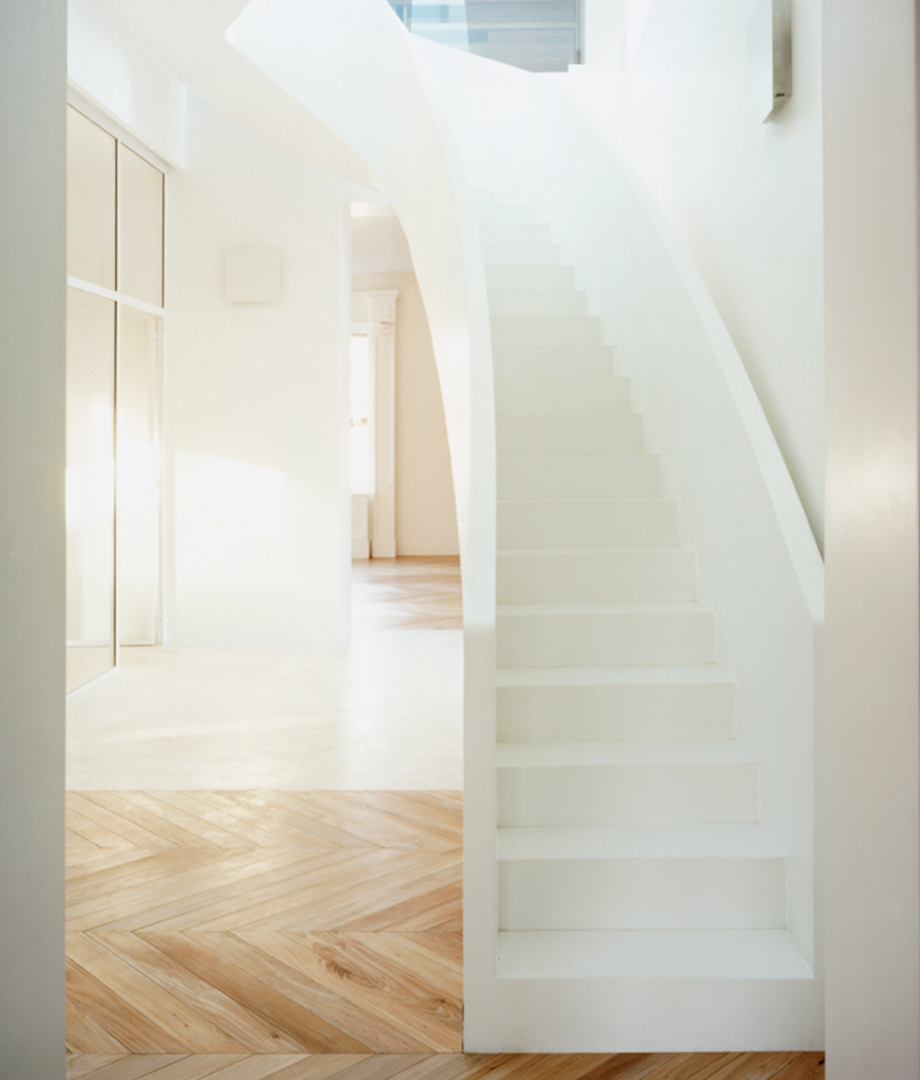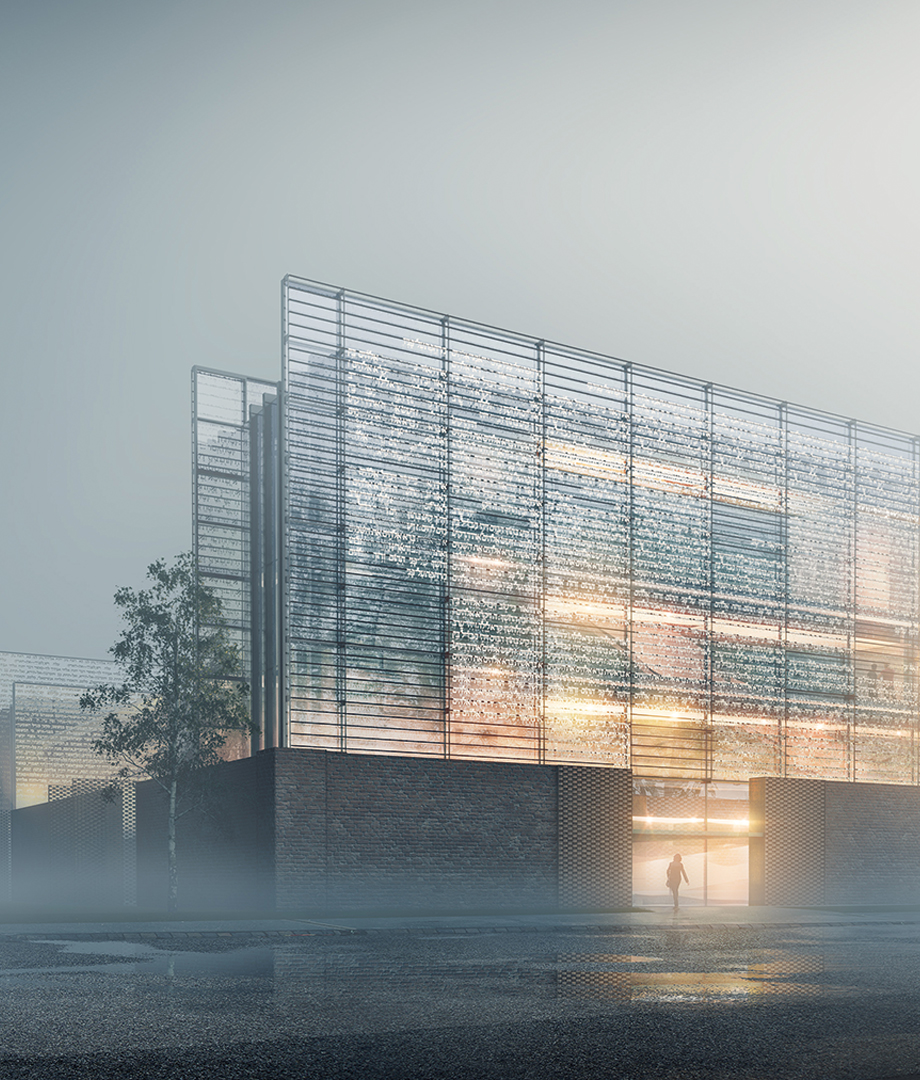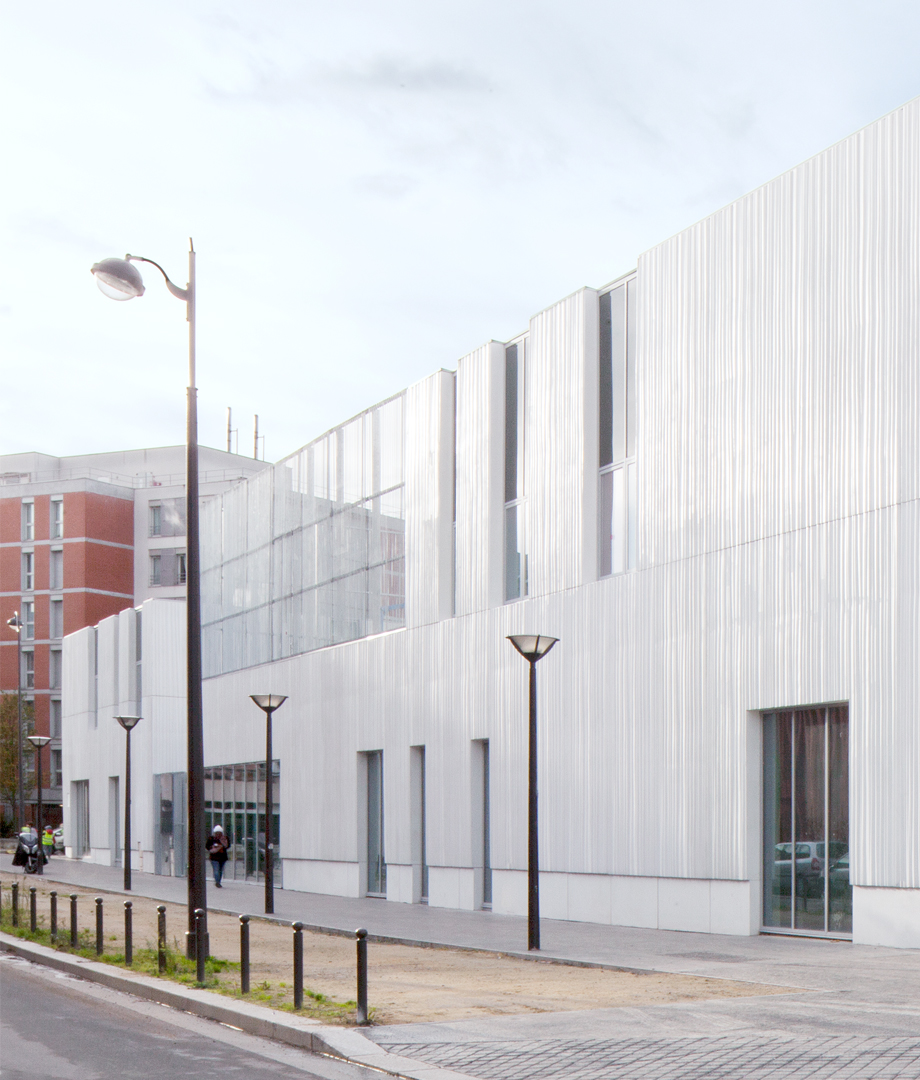GRANDE MAXXI
ROME/ ITALY
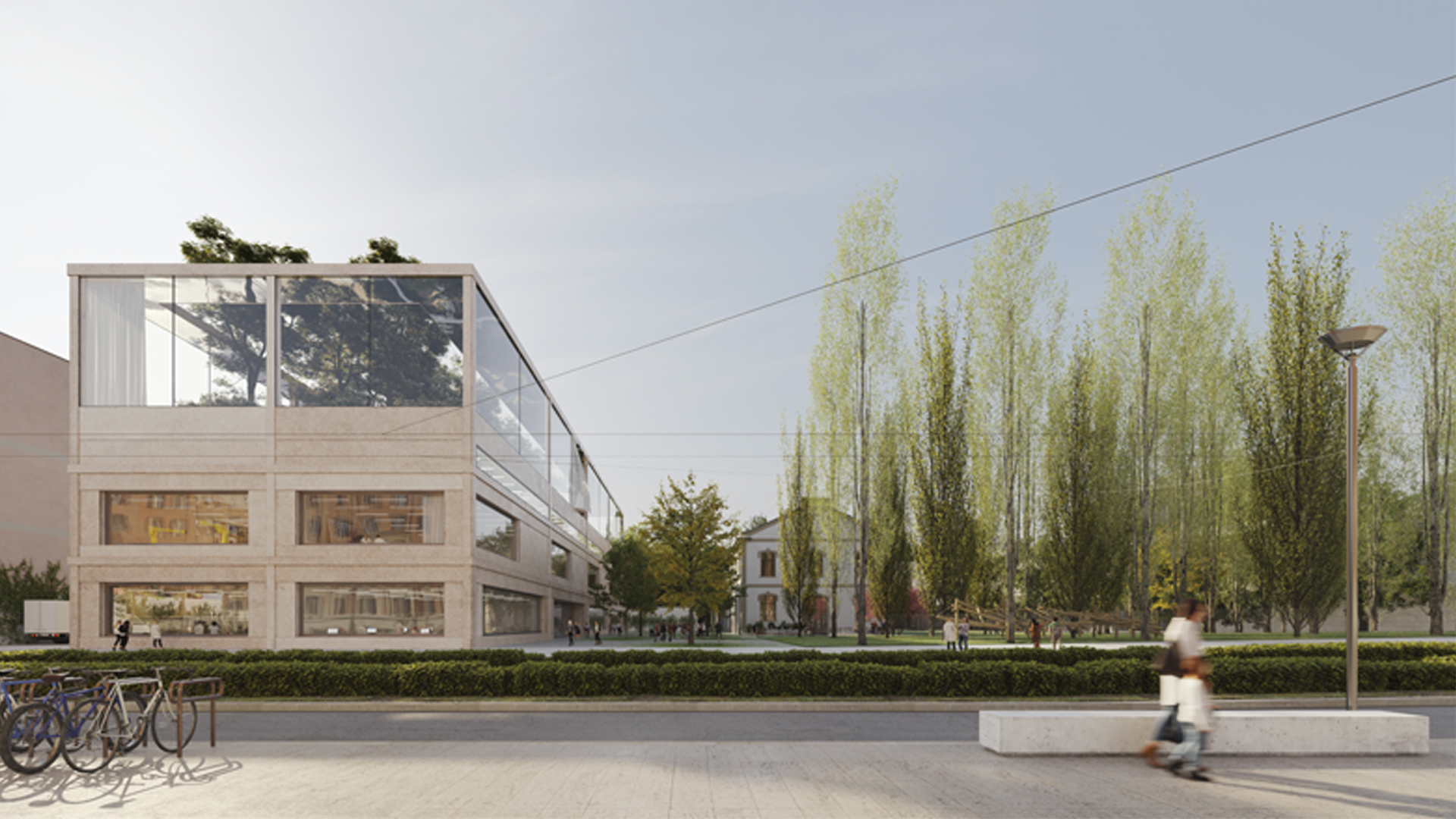
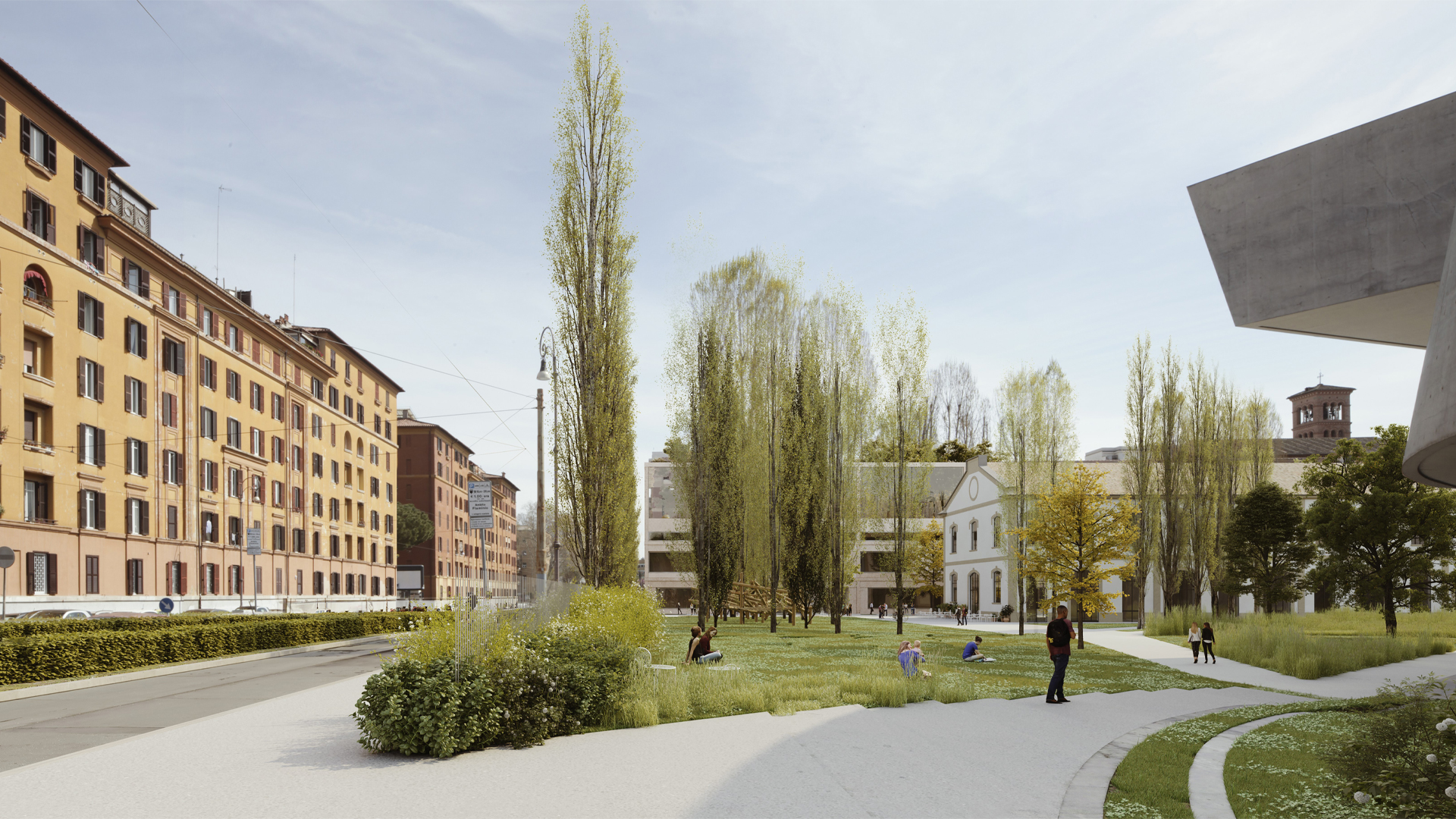
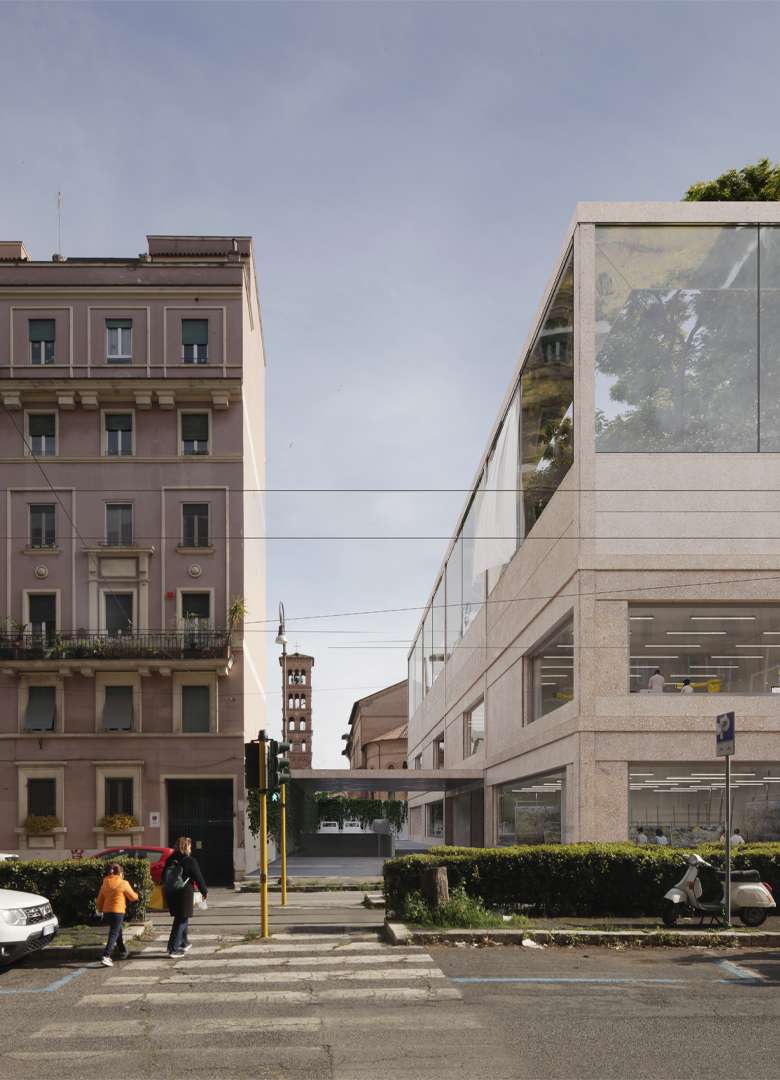
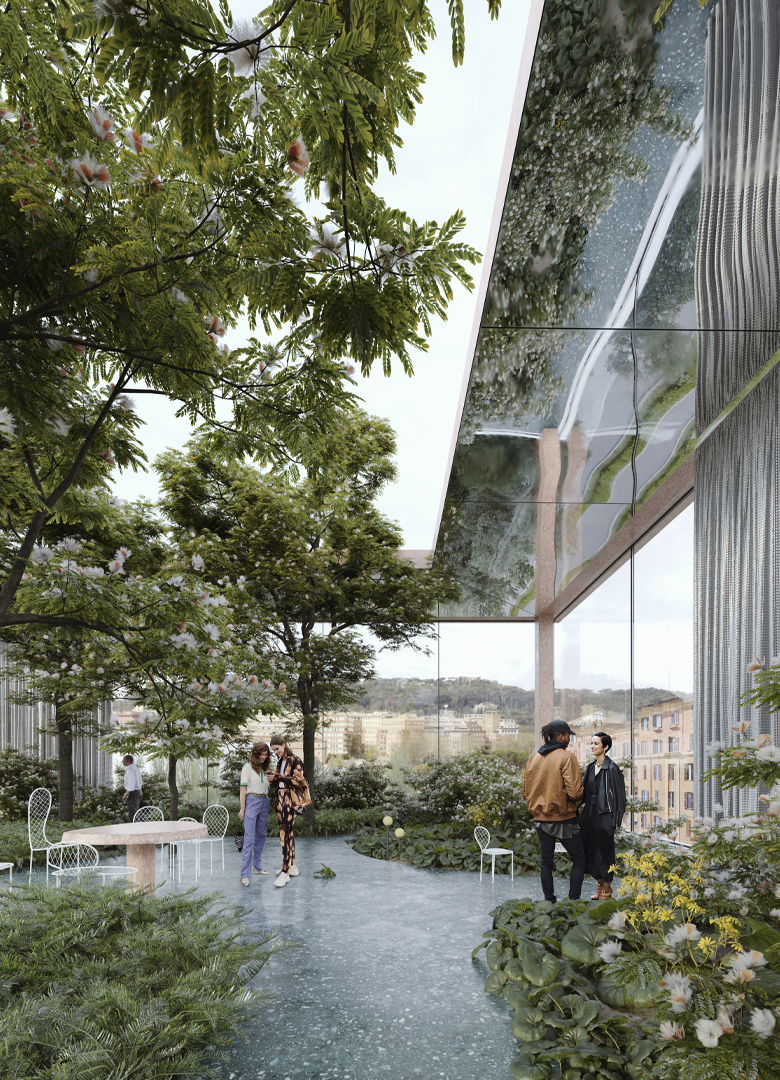
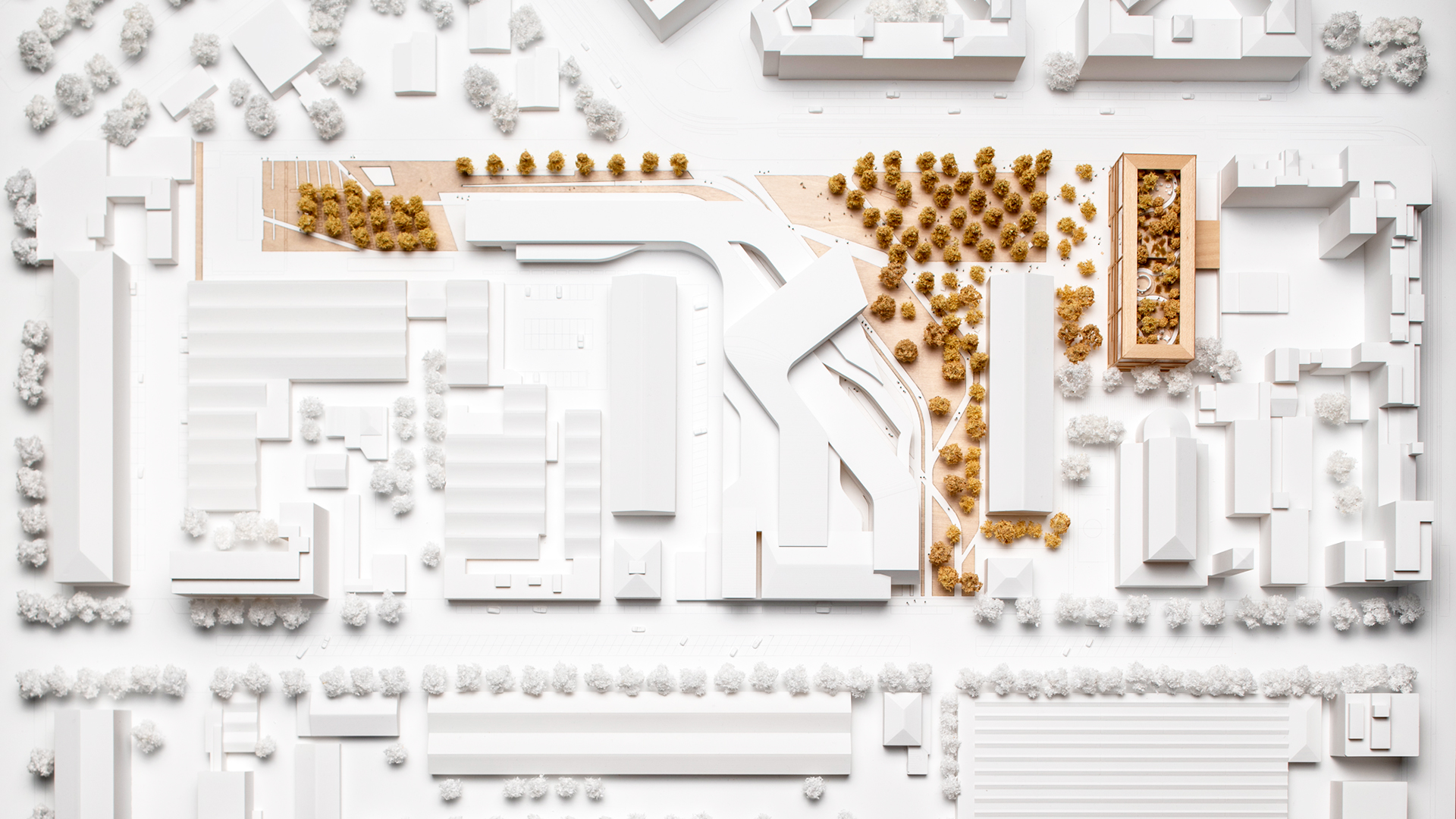
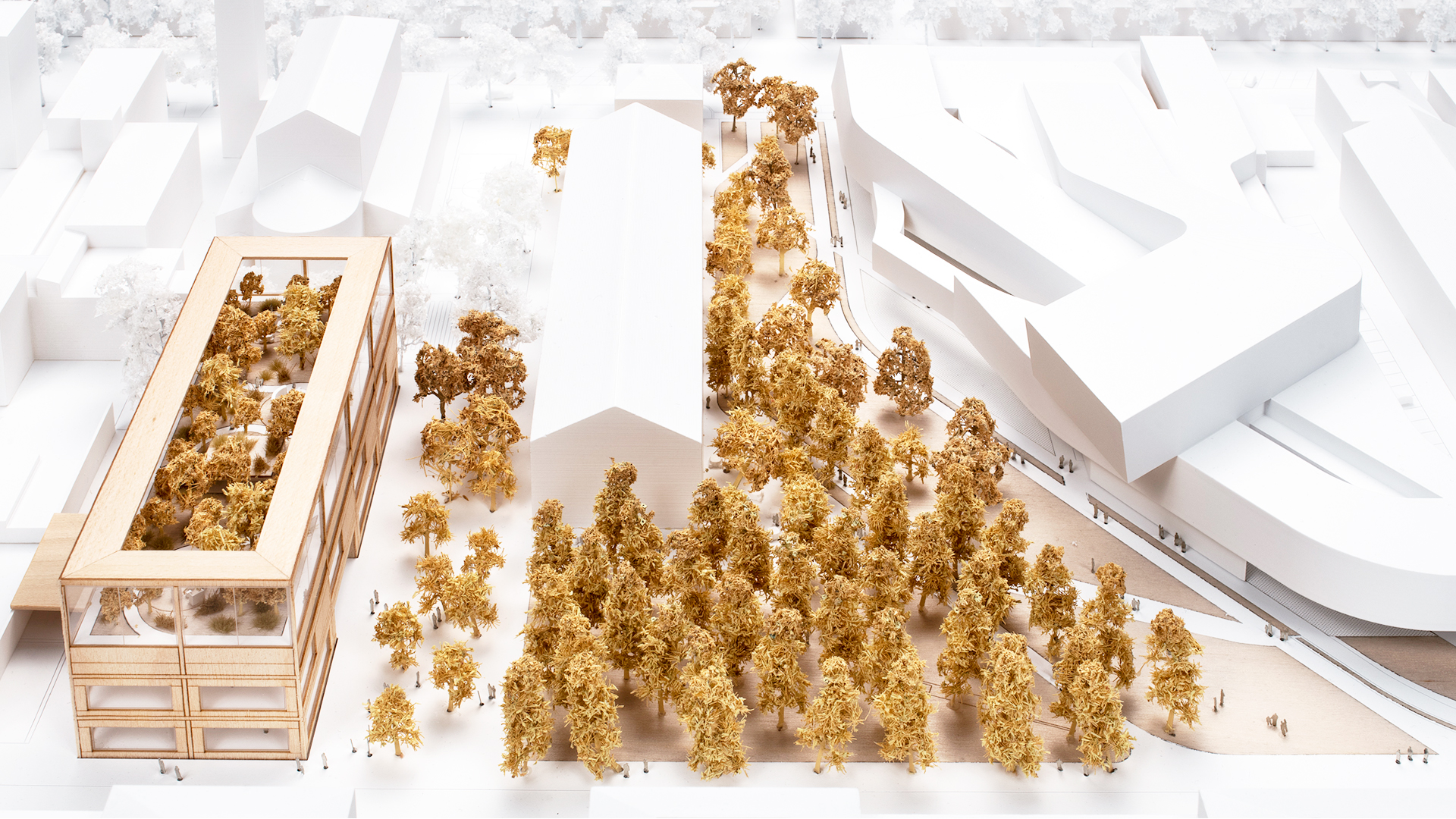
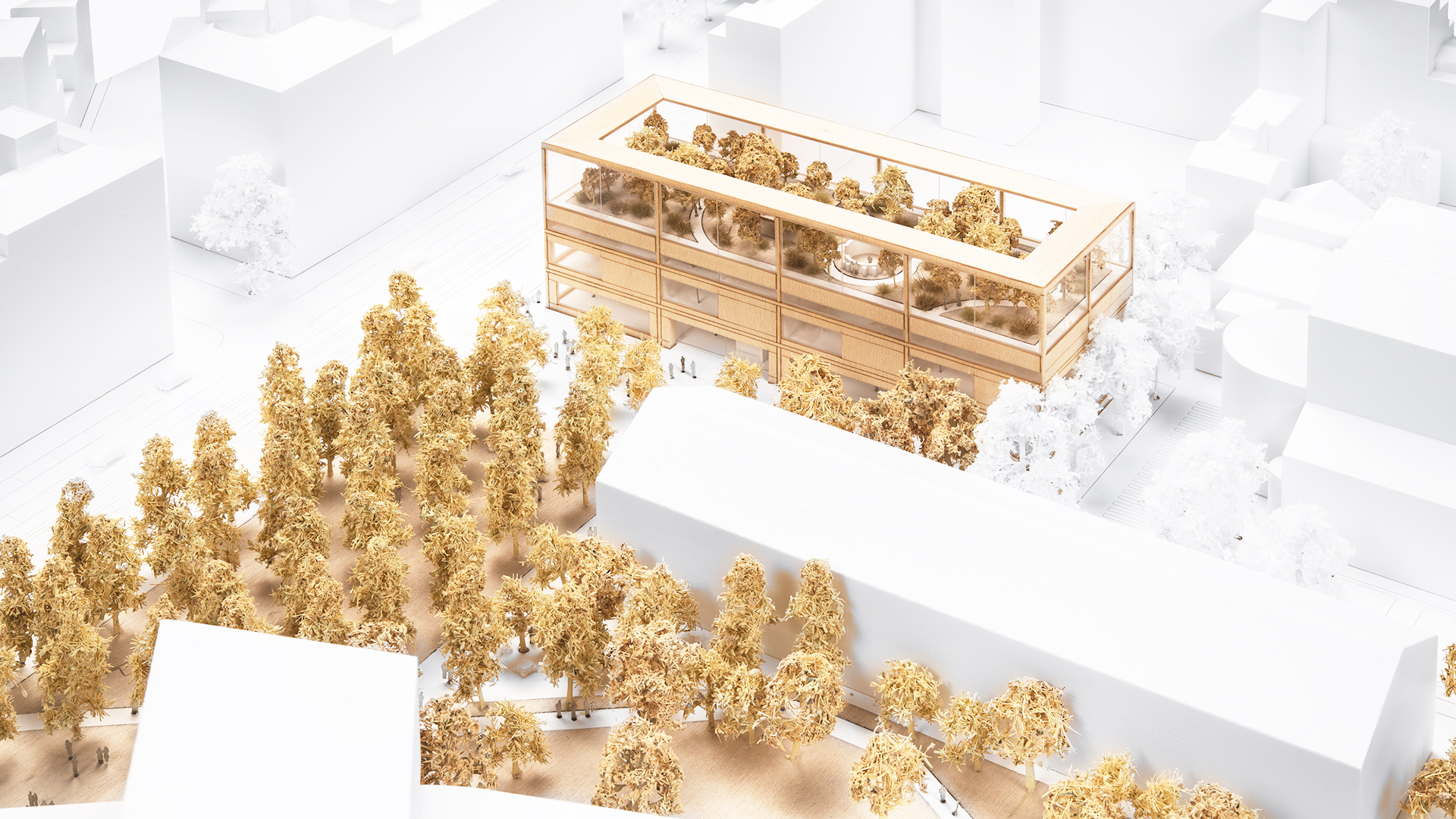

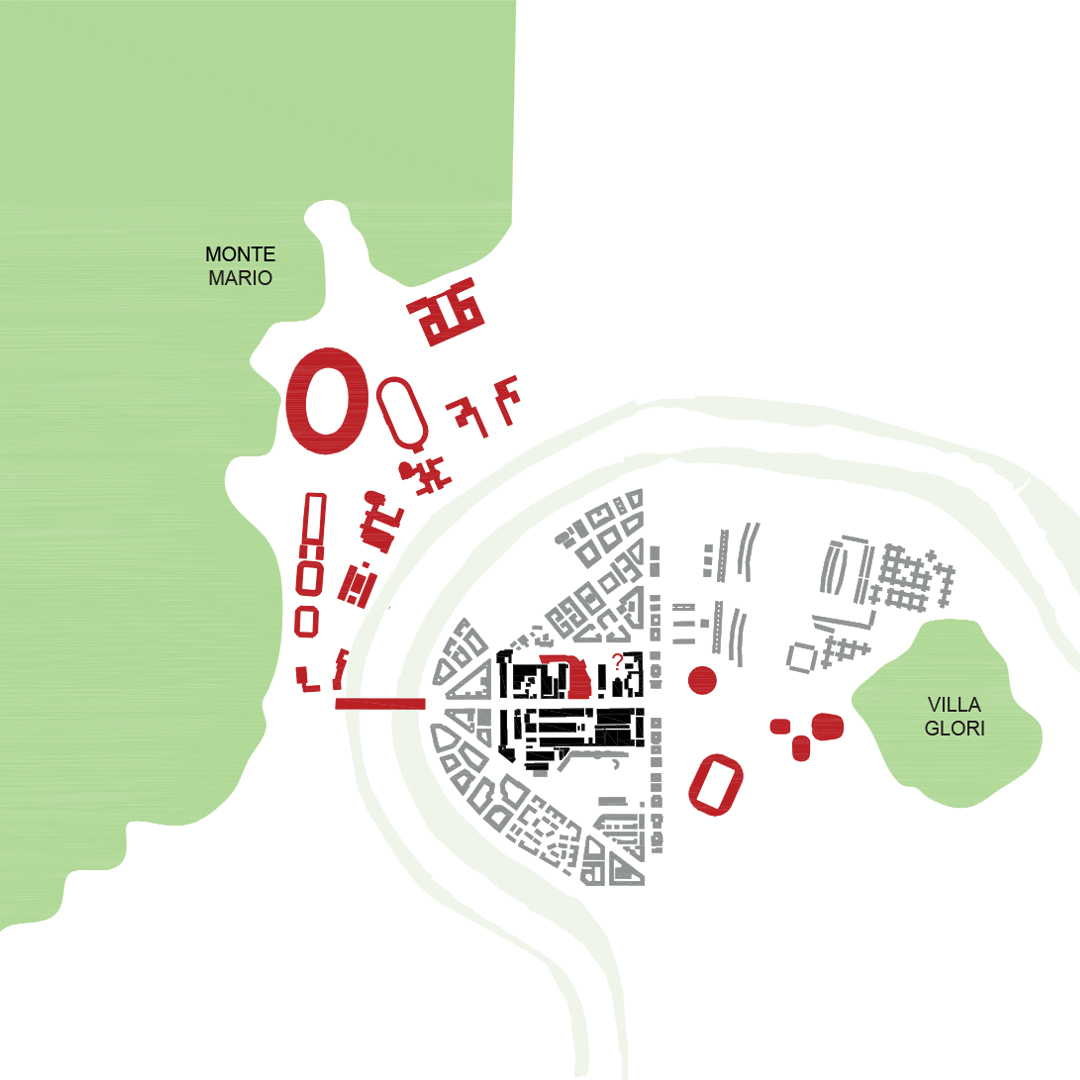
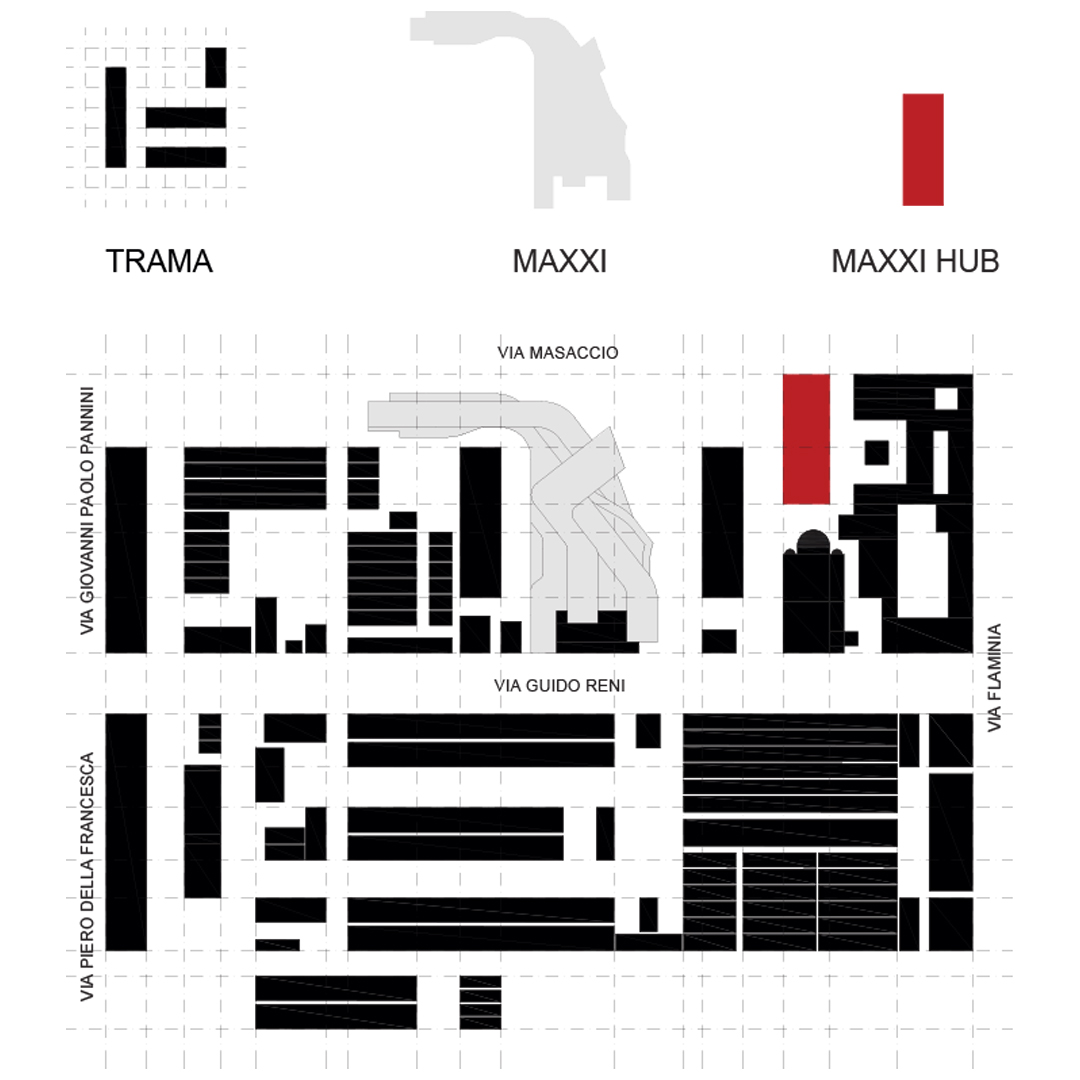
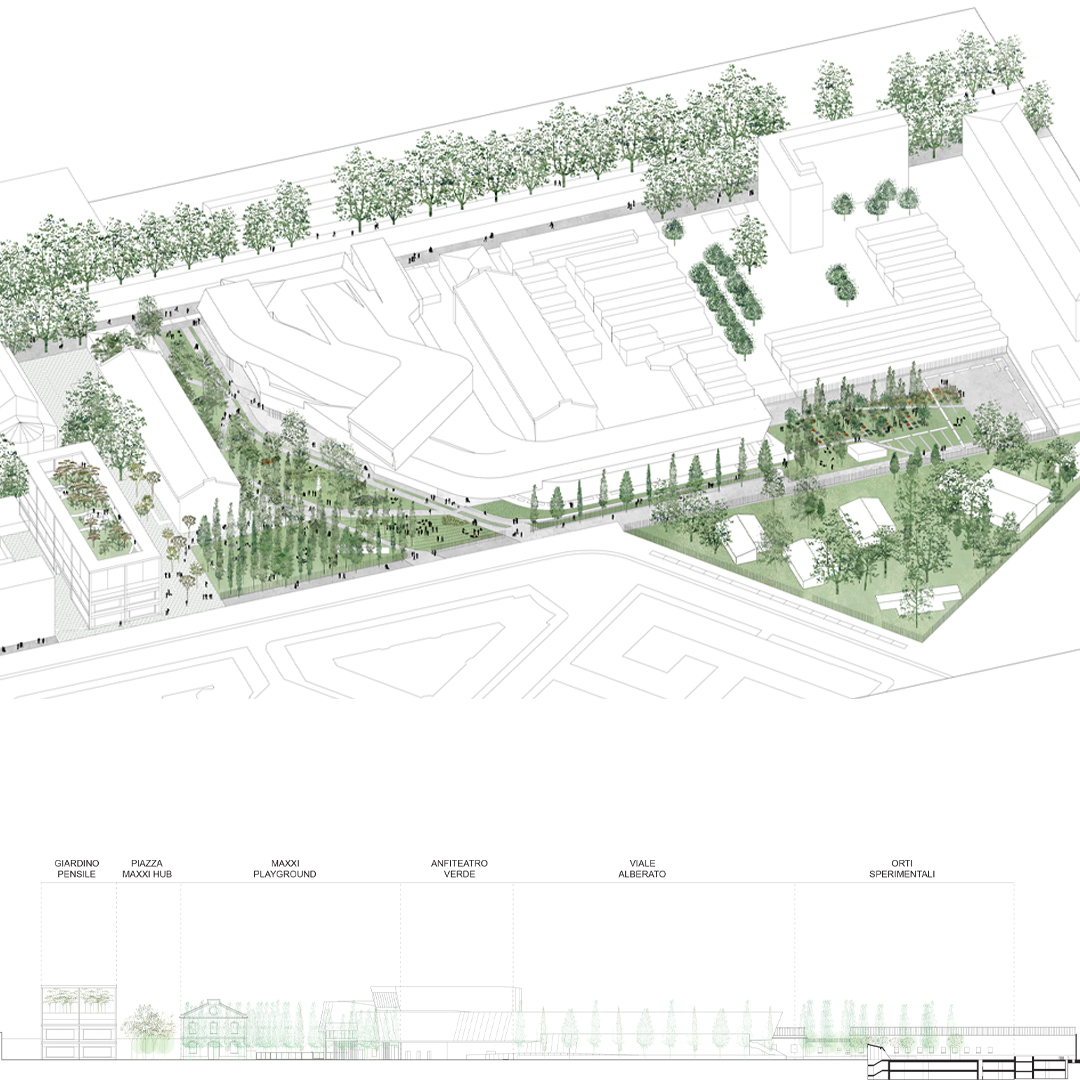
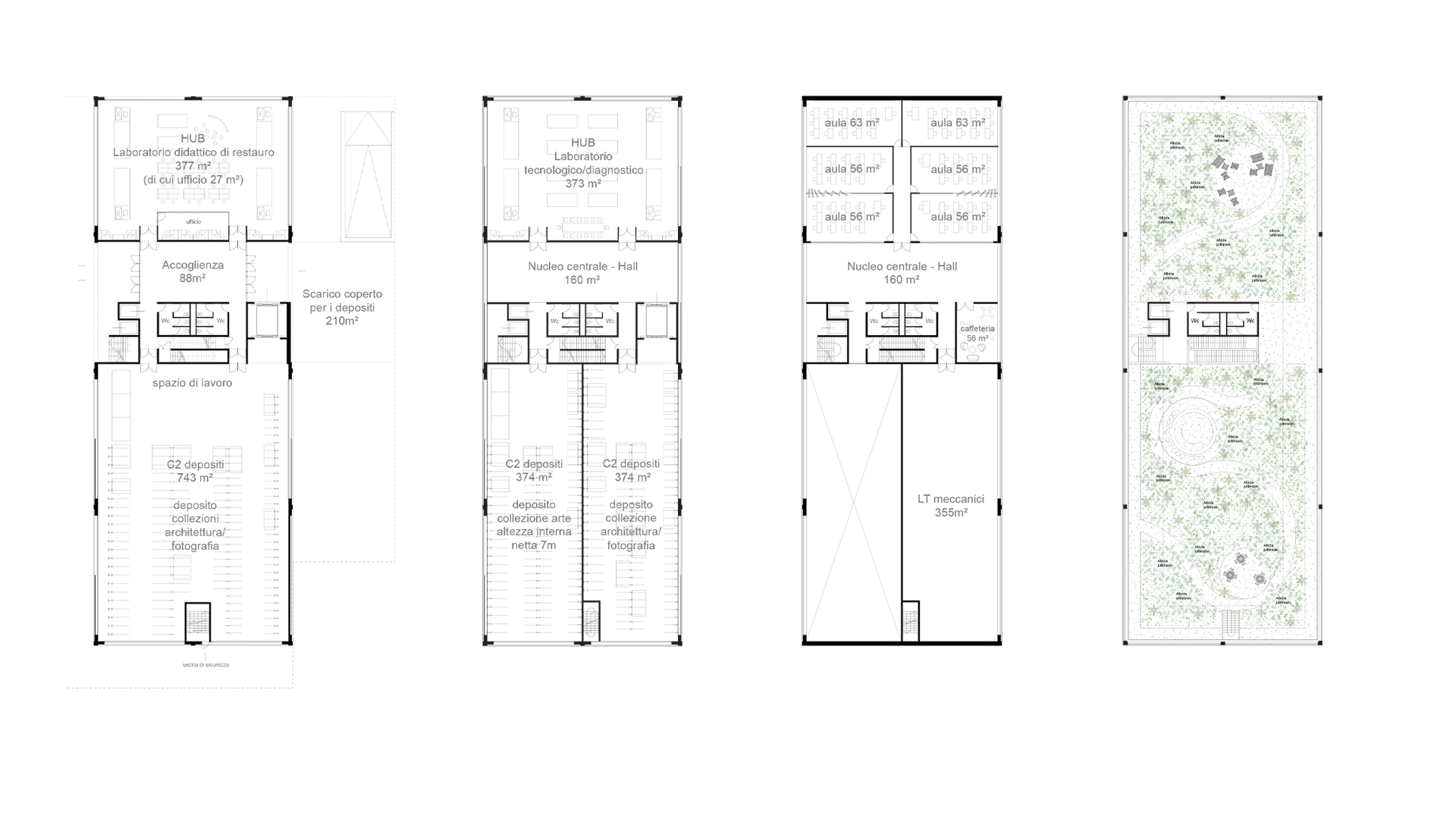
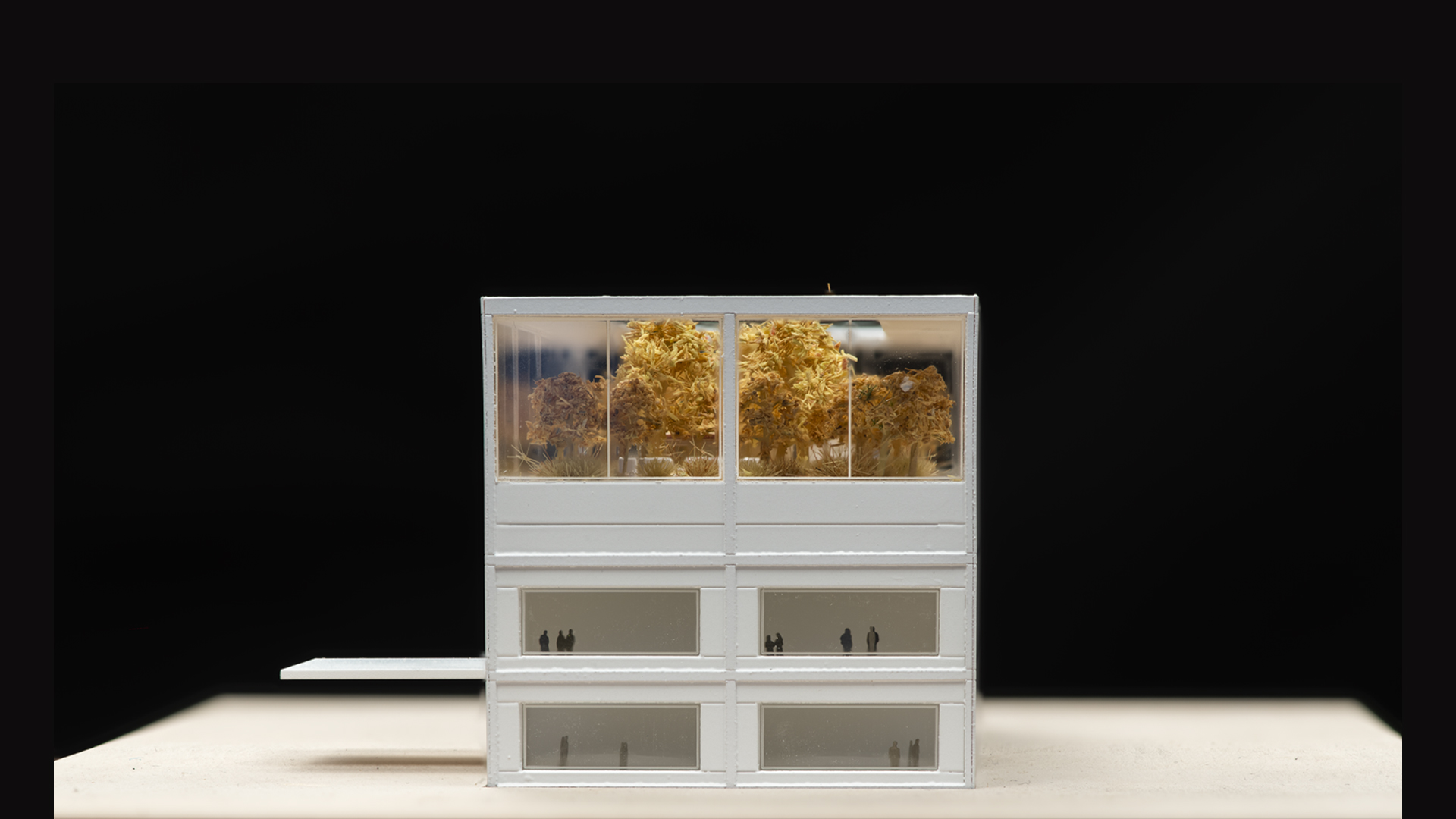
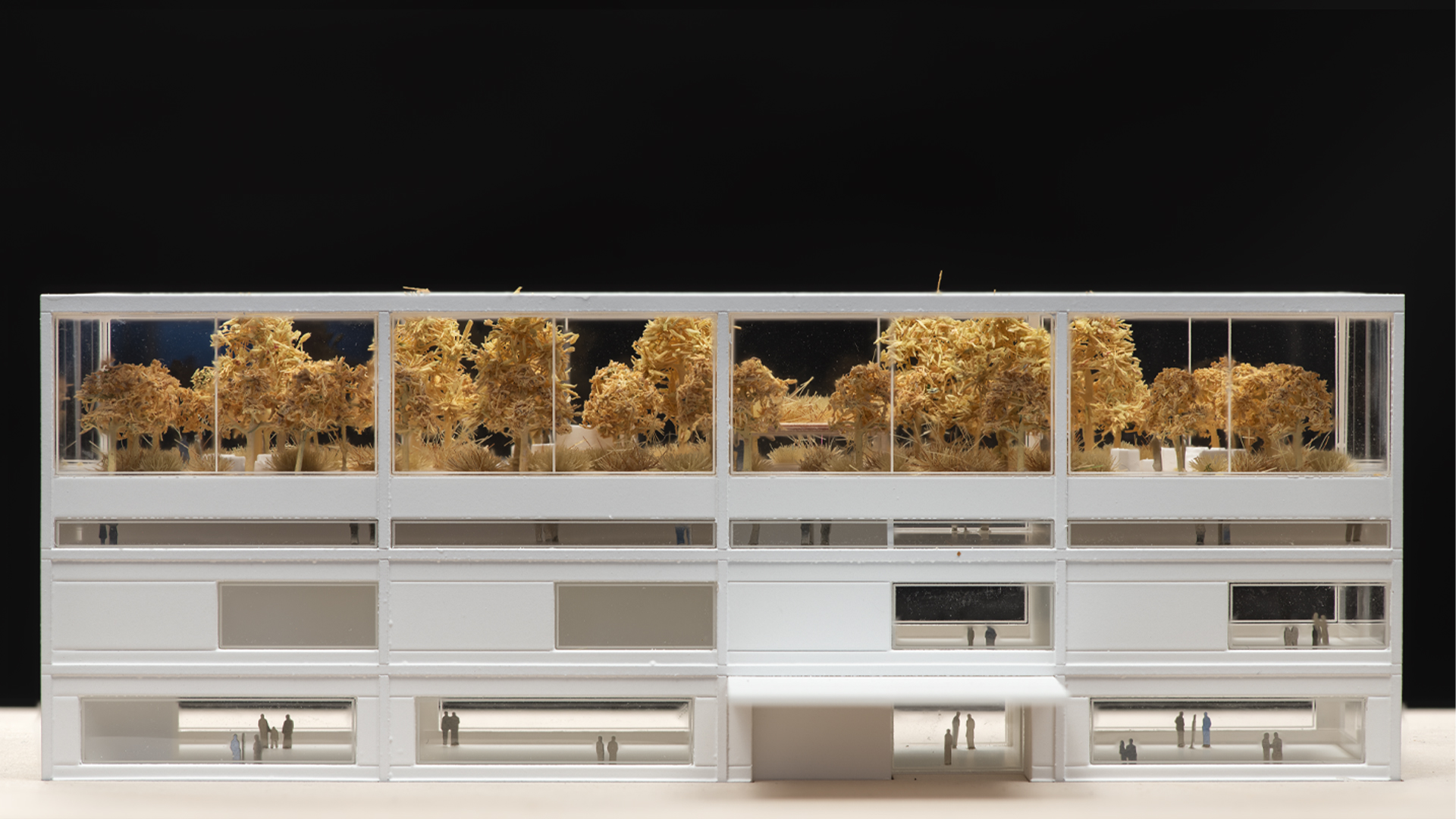
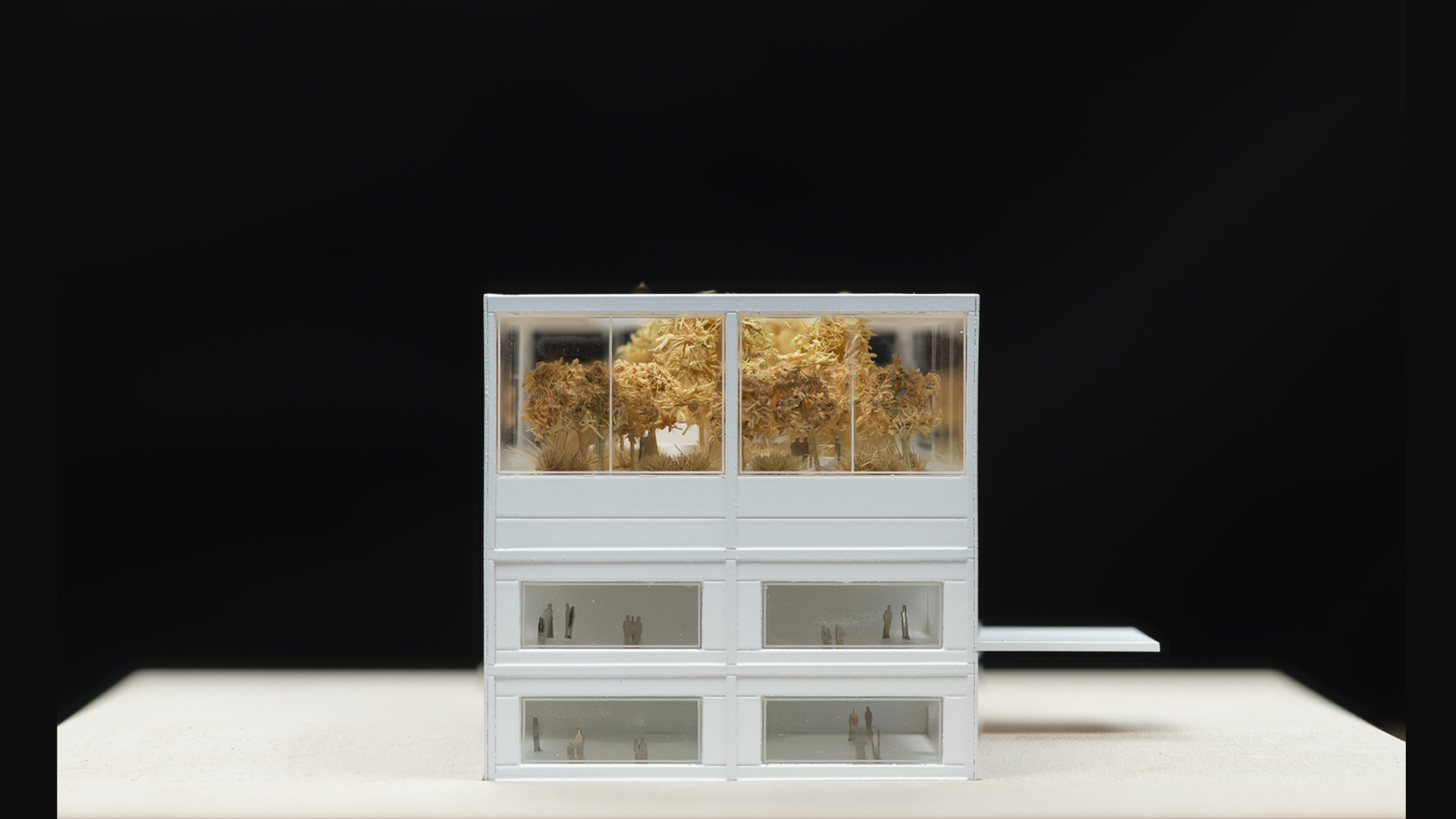
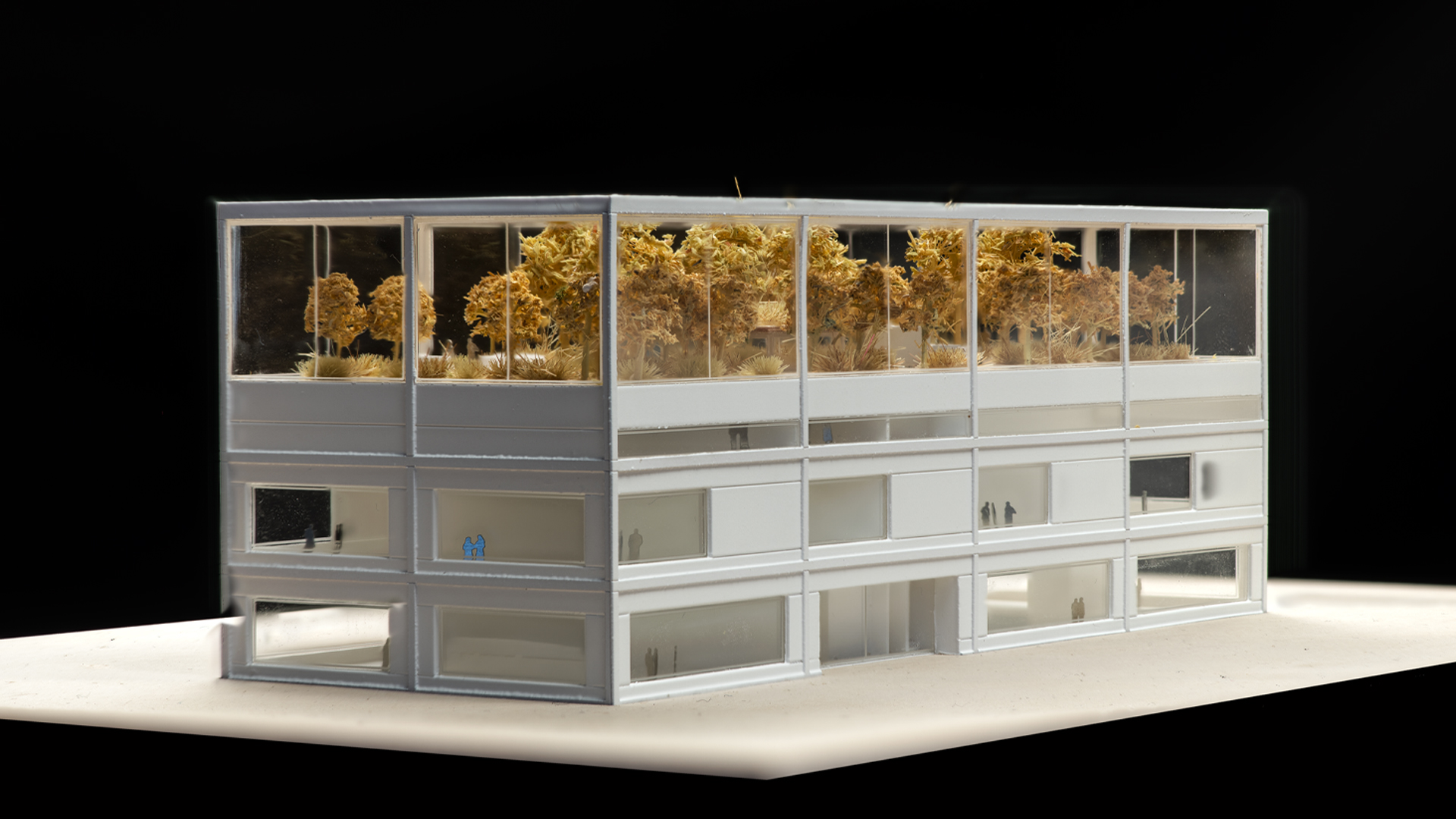
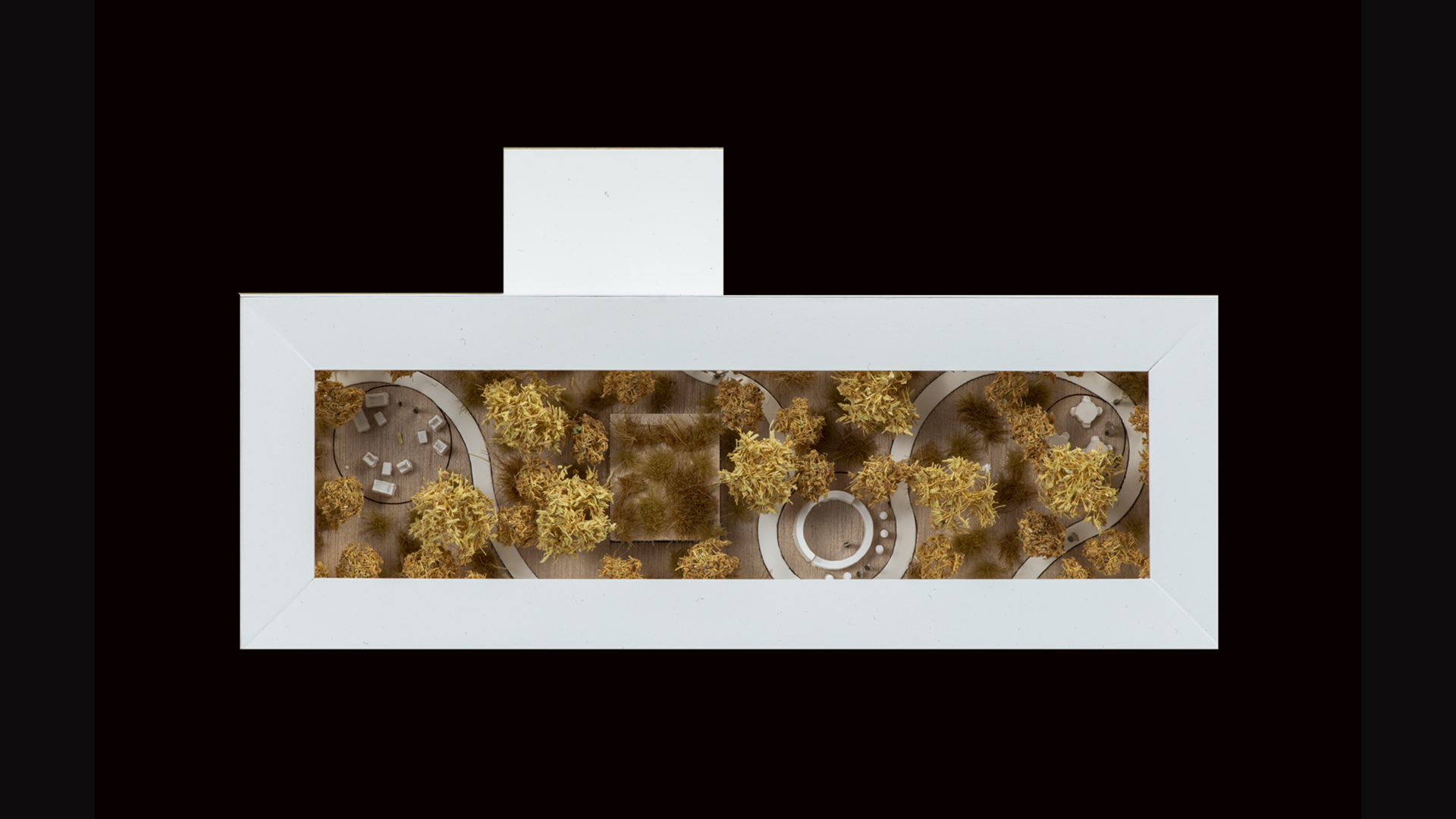
The MAXXI Extension is related to building typologies including factories, military barracks, working places. Large size, linear buildings, strictly connected to the strong natural environment of the northern area of Rome, framed by the bend of the Tiber.
The retrieving of a site original vocation is part of an ethical and responsible attitude. Our project for the GRANDE MAXXI is related to the environing urban fabric. Military barracks, factories, and working spaces…large scale, pure and simple buildings, connected to the natural landscape of this area in the North of Rome, framed by the Tiber bend. The project foresees the creation and intersection of two systems: the implementation of a new multifunctional building dedicated to research and culture and the creation of a linear urban park; a green landscape system that will serve as a "container" for the new building and the other pre-existing architecture. The building will house the research and conservation laboratories, a learning center, the Museum archives and reserves. Facing Zaha Hadid’s building, this new addiction finds its place and completes the existing grid of the MAXXI area. The building small footprint allows the creation of a large public space defining the access area: a leafy forecourt, and the heart of the new landscape project. We imagine a very pure, simple, rigorous building. The Euclidean geometry of its form defines its identity. A stereometric architecture, designed with rational horizontal and vertical lines. Large windows lighten the compact volume and create the relation with the context. Inside, the space is characterized by large scale spaces; they will host research laboratories, a learning center and storage areas: working spaces completing the exhibition spaces of the existing MAXXI. The main entrance gives access to a wide core, opened at every level of the building towards the different functional areas. The building fades in its glazed crowning part: the rooftop terrace. The mirrored compluvium reflects the luxurious garden, which becomes visible from the street and the ground floor. The glazed wall sliding doors ventilate the garden and make possible the use of this rooftop in every season. Architecture and structure are intrinsically tied, as in Zaha Hadid’s MAXXI DNA. The reintroduction of green spaces in urban areas is nowadays essential to regulate the microclimate, reduce temperatures and air pollution. In line with this principle, the landscape approach adopted in designing System B is one of growth and transformation, rather than simple construction. MAXXI is characterised by the preponderance of cemented areas: large impermeable surfaces that prevent and slow down the natural process of infiltration of meteoric water and, consequently, the evaporation and transpiration of plants, thus minimising the thermal comfort of open spaces, especially during the summer period. In order to improve climatic comfort and lower perceived temperatures, the first intervention (both in the square in front of the new building and in the area behind the MAXXI building) is to reduce mineral surfaces in favour of permeable green surfaces, creating a new lush green landscape within the city. Once the structure of the park, which retains Zaha Hadid's intentions with its configuration in parallel strips, has been defined, an archipelago of activities can be inserted to activate the different figures of the landscape.
PROGRAM
MAXXI HUB: research and conservation Labs ; MAXXI collection storage ; Classrooms - MAXXI GREEN : green and public spaces in the MAXXI – Museo Nazionale delle Arti del XXI secolo area
PLACE
Rome (Italie)
CLIENT
Fondazione MAXXI
PROJECT TEAM
Architecture: SCAPE Architecture– Ludovica Di Falco With LAN (Lead architect) and SNA SCAPE Team: Mathilde Mouchel, Giulia Gioia, Thomas Lemarchal Landscape: Bureau Bas Smets Structure engineer: Bollinger Grohmann HQE: Franck Boutté Consultants Agronomist : Folia
ASSIGNMENT
Competition, winning project. Project Design
ENERGETIC PERFORMANCE
LEED niveau Gold Nearly Zero Energy Building (NZEB).
CHRONOLOGY
2022 (competition) - 2026
AREA
3,760 m2 SUL 4,800 m2 underground parking / technics
BUDGET
15,567,980 € HT (building and landscape)
IMAGE CREDITS
LAN



